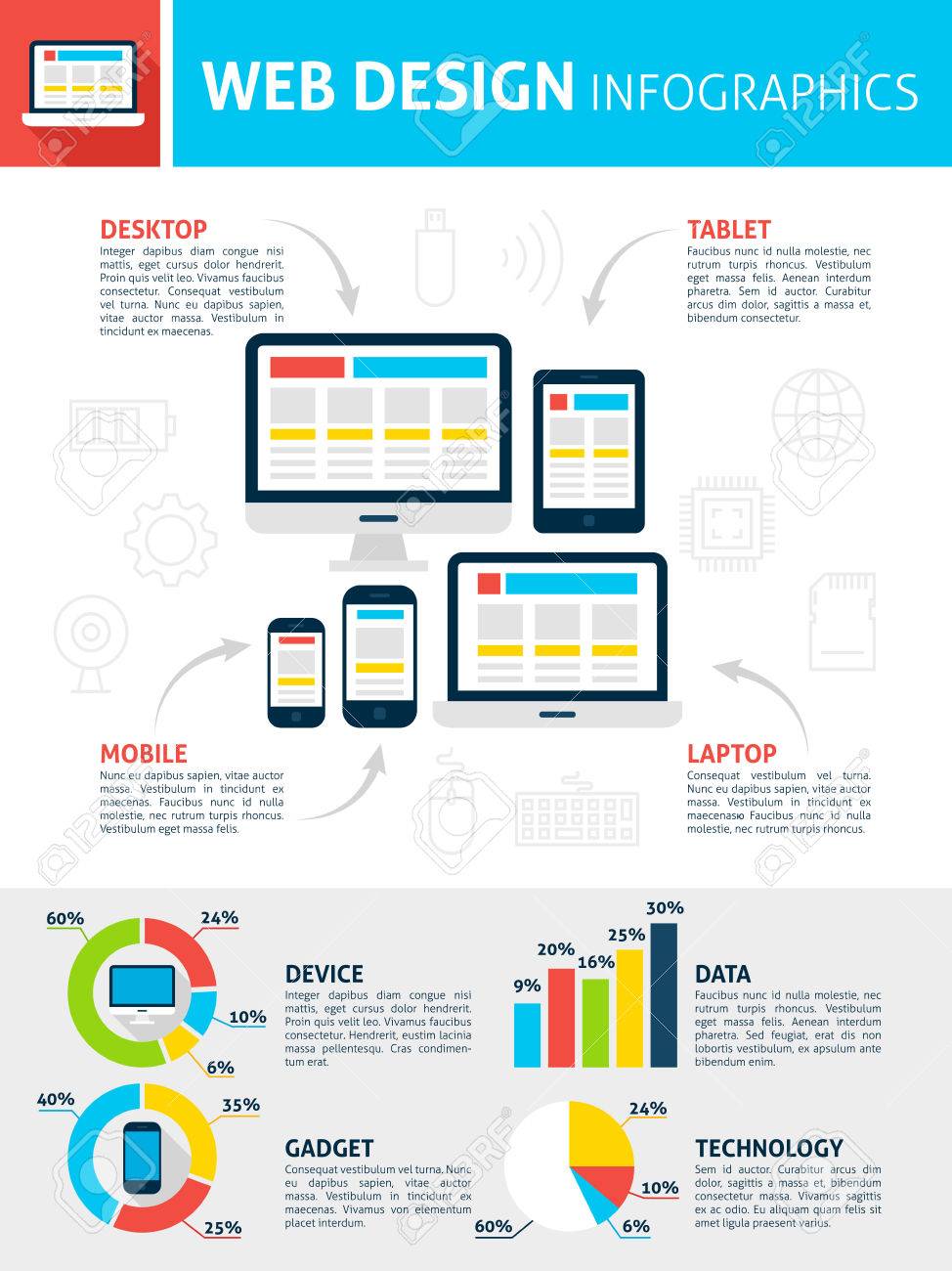In the past, sites were easy and concentrated on information. Navigating was straight, and design was for desktop computers. Now, https://infotechlead.com/digital/diversify-your-digital-marketing-strategy-to-benefit-small-business-72374 is key. Data overviews styles for easy navigating. Receptive designs suit different devices. Today, dark mode decreases pressure, and minimal food selections improve navigation. Interactive features involve individuals, and bold visuals stand apart. AI integration enhances involvement. See just how layout has actually evolved to improve your online trip.
Very Early Days of Web Design
In the early days of web design, simplicity reigned supreme. Sites were basic, with limited colors, fonts, and designs. The focus got on giving info instead of fancy visuals. Individuals accessed the internet via slow dial-up connections, so rate and functionality were crucial.
Navigating menus were straightforward, usually situated at the top or side of the web page. Internet sites were developed for home computer, as mobile surfing had not been yet prevalent. Content was king, and developers prioritized very easy readability over intricate design components.
HTML was the main coding language used, and designers had to function within its restrictions. Animations and interactive functions were very little compared to today's standards. Web sites were fixed, with little vibrant material or personalized individual experiences.
Rise of User-Focused Style
With the development of internet site design, a shift in the direction of user-focused design concepts has ended up being significantly prominent. Today, developing sites that prioritize user experience is important for engaging site visitors and attaining service objectives. User-focused style entails comprehending the requirements, preferences, and behaviors of your target market to customize the website's format, content, and features accordingly.
Developers now perform extensive research study, such as user surveys and usability testing, to gather insights and comments directly from customers. This data-driven strategy aids in developing intuitive navigation, clear calls-to-action, and aesthetically attractive interfaces that reverberate with site visitors. By putting the customer at the facility of the design process, internet sites can provide a more tailored and enjoyable experience.
Responsive layout has also emerged as a crucial aspect of user-focused design, making certain that web sites are enhanced for different gadgets and screen dimensions. This flexibility improves accessibility and usability, accommodating the varied means users engage with sites today. Fundamentally, the rise of user-focused style symbolizes a change in the direction of developing electronic experiences that focus on the demands and expectations of completion user.
Modern Trends in Web Design
Discover the latest patterns shaping website design today. One popular trend is dark mode design, using a streamlined and modern-day appearance while decreasing eye strain in low-light atmospheres. One more crucial fad is minimalist navigating, streamlining menus and improving customer experience by concentrating on essential elements. Including micro-interactions, such as animated buttons or scrolling impacts, can develop a more appealing and interactive website. Responsive design stays crucial, making certain smooth customer experiences throughout numerous gadgets. Additionally, using bold typography and unbalanced designs can add visual rate of interest and draw attention to certain content.
Integrating AI modern technology, like chatbots for client assistance or customized referrals, boosts customer involvement and improves processes. Access has also become a considerable trend, with developers prioritizing inclusive style methods to satisfy diverse user demands. Embracing sustainability by maximizing website efficiency for speed and performance is one more arising pattern in web design. Teaming up with https://www.searchenginejournal.com/google-image-optimization/449366/ and data analytics to repeat and boost style continually is essential for staying relevant in the ever-evolving electronic landscape. By welcoming these modern trends, you can produce an aesthetically attractive, user-friendly web site that reverberates with your audience.
Verdict
As you reflect on the development of website style from the very early days to now, you can see just how user-focused design has become the driving force behind modern-day fads.
Embrace the trip of adjustment and adjustment in website design, always maintaining the customer experience at the leading edge.
Stay present with the most recent trends and modern technologies, and never ever stop developing your strategy to create visually stunning and user-friendly websites.
Evolve, adjust, and produce - the future of web design remains in your hands.
